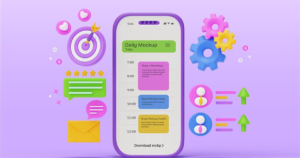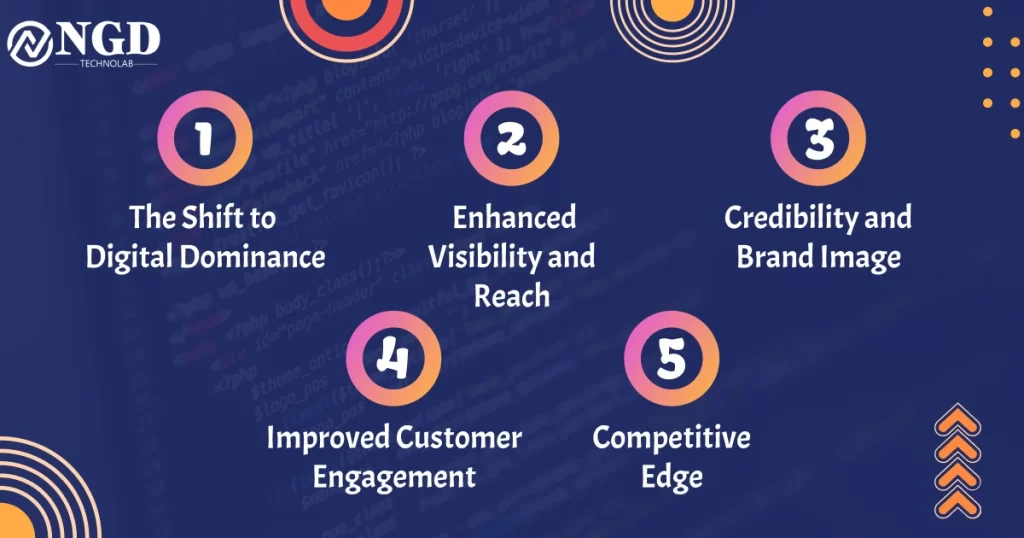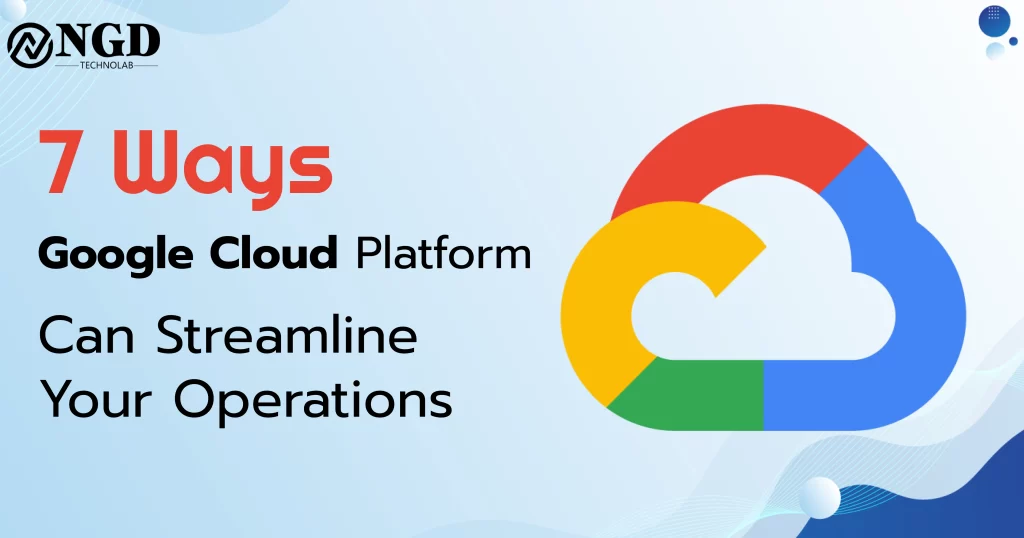The Rise Of ChatBots
-
Harshid Patel

Get Free consultation and let us know about your custom web and Mobile App project idea

Over 14+ years of work experience, we have built 210+ web and mobile apps
We can help you with
- Dedicated Developer
- delivering high-quality development
- Custom Mobile App Development
- Innovative Solution For Startups and Enterprise
The Rise of Chatbots: How Smarter Bots are Revolutionizing Customer Engagement
In recent years, chatbots have evolved from simple, rule-based systems into sophisticated AI-driven tools capable of engaging customers in meaningful conversations. This rise of chatbots marks a significant shift in how businesses interact with their customers, offering faster, more personalized, and more efficient service. Here, we explore the factors driving this evolution, the benefits of smarter bots, and the impact of hyper-personalized responses on customer engagement.
The Evolution of Chatbots
The journey of chatbots began with basic automated response systems that could handle simple queries based on predefined scripts. These early bots were limited in functionality and often failed to provide satisfactory user experiences. However, advancements in natural language processing (NLP) and machine learning have transformed chatbots into intelligent systems capable of understanding and responding to complex queries. Today’s chatbots can learn from interactions, continuously improving their responses and becoming more adept at handling a wide range of tasks.
Enhanced Customer Service
One of the most significant benefits of modern chatbots is their ability to enhance customer service. By offering 24/7 support, chatbots ensure that customers can get help whenever they need it, without having to wait for human agents. This constant availability leads to higher customer satisfaction and loyalty. Additionally, chatbots can handle multiple inquiries simultaneously, reducing wait times and freeing up human agents to deal with more complex issues that require a personal touch.
Hyper-Personalized Responses
Today’s chatbots are not just reactive; they are proactive and capable of providing hyper-personalized responses. By leveraging data from past interactions and integrating with customer relationship management (CRM) systems, chatbots can tailor their responses to individual users. This level of personalization enhances the customer experience by making interactions feel more relevant and engaging. For instance, a chatbot can remember a customer’s preferences, purchase history, and previous inquiries to provide more accurate and helpful responses.
Cost Efficiency
Implementing chatbots can lead to significant cost savings for businesses. By automating routine tasks and handling a large volume of inquiries, chatbots reduce the need for extensive customer service teams. This not only lowers operational costs but also allows businesses to allocate resources more efficiently. Furthermore, chatbots can scale effortlessly, accommodating growing customer bases without the need for proportional increases in staffing.
Integration with Multiple Platforms
Modern chatbots can integrate seamlessly with various communication platforms, including websites, social media, and messaging apps like Facebook Messenger and WhatsApp. This multi-platform presence ensures that businesses can reach their customers wherever they are, providing a consistent and convenient user experience. Integration with these platforms also allows chatbots to gather data from diverse sources, further enhancing their ability to deliver personalized and relevant responses.
Future Trends: Smarter and More Intuitive Bots
The future of chatbots looks promising, with continuous advancements in AI and machine learning driving further improvements. We can expect chatbots to become even smarter and more intuitive, capable of understanding and responding to human emotions and nuances in conversation. Developments in NLP will enable chatbots to engage in more natural and fluid dialogues, making interactions indistinguishable from those with human agents. Additionally, the integration of voice recognition and speech synthesis technologies will open up new possibilities for voice-activated chatbots, offering an even more immersive user experience.
Conclusion
The rise of chatbots represents a transformative trend in customer engagement, driven by advancements in AI and machine learning. Smarter bots with hyper-personalized responses are revolutionizing how businesses interact with their customers, providing enhanced service, cost efficiency, and seamless integration across multiple platforms. As chatbots continue to evolve, they promise to become even more integral to customer service strategies, delivering intuitive, efficient, and highly personalized experiences. Embracing this technology is not just a competitive advantage but a necessity in today’s fast-paced, digitally-driven market.
Frequently Asked Questions
Chatbots are AI-driven tools that engage in conversation with users to provide information or assistance. Initially, they were simple, rule-based systems handling basic queries. Over time, advancements in natural language processing (NLP) and machine learning have transformed chatbots into intelligent systems capable of understanding and responding to complex inquiries.
Chatbots enhance customer service by providing 24/7 support, reducing wait times, and handling multiple inquiries simultaneously. This constant availability ensures that customers receive prompt assistance, leading to higher satisfaction and loyalty.
Hyper-personalized responses are tailored interactions based on data from past interactions and integrated systems like CRM. These responses make interactions feel more relevant and engaging by remembering customer preferences, purchase history, and previous inquiries.
Chatbots reduce the need for extensive customer service teams by automating routine tasks and handling a large volume of inquiries. This leads to lower operational costs and allows businesses to allocate resources more efficiently. Chatbots can also scale effortlessly to accommodate a growing customer base.
Modern chatbots can seamlessly integrate with various communication platforms, including websites, social media, and messaging apps like Facebook Messenger and WhatsApp. This ensures businesses can reach customers wherever they are, providing a consistent and convenient user experience.
Future trends in chatbot technology include further advancements in AI and machine learning, making chatbots even smarter and more intuitive. Developments in NLP will enable more natural dialogues, and the integration of voice recognition and speech synthesis will pave the way for voice-activated chatbots, offering a more immersive user experience.
Latest Blogs
Explore the Latest Blogs on Trends and Technology.





